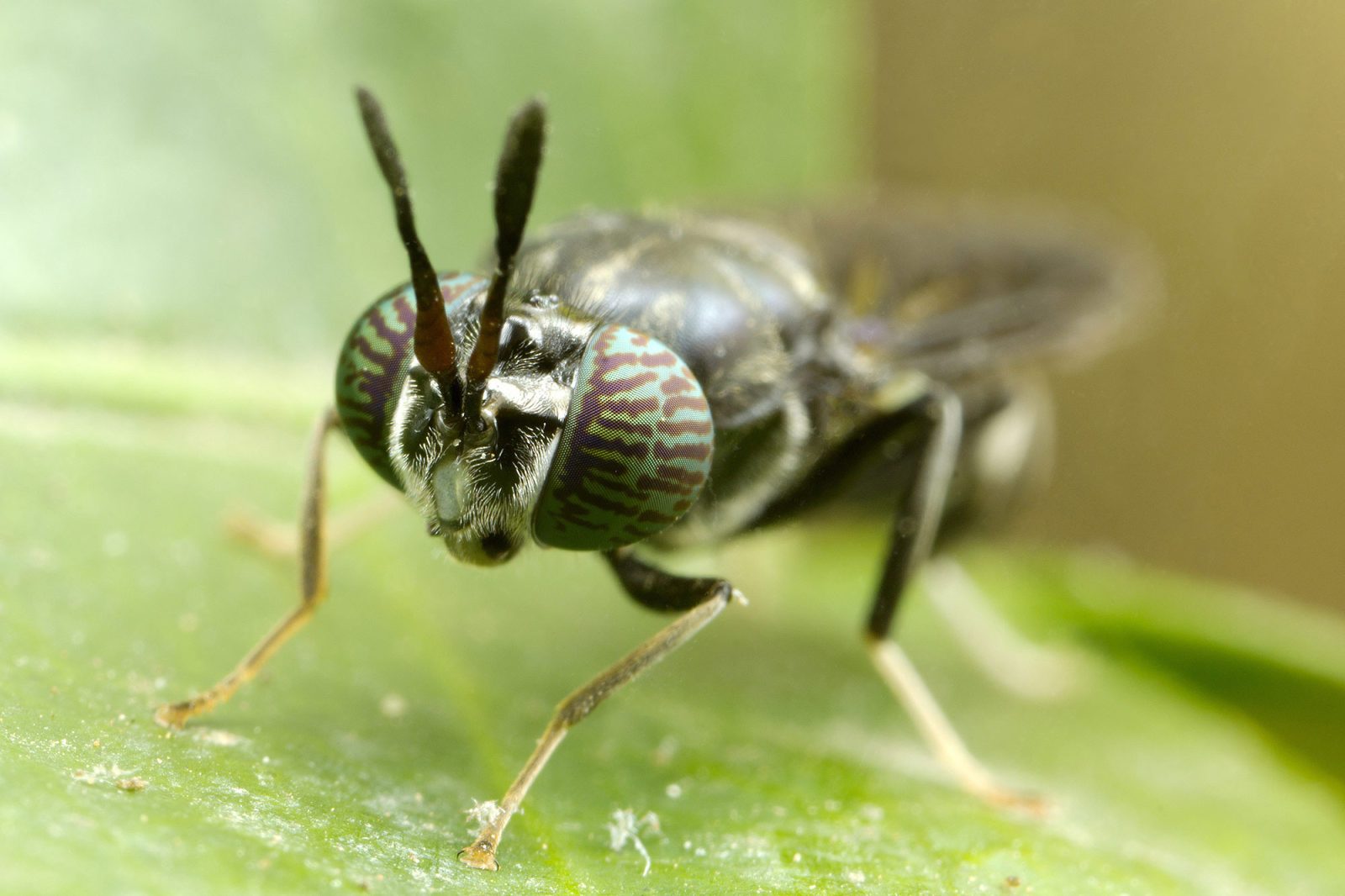Chitin is found in the exoskeleton of BSF, which is the second most abundant natural biopolymer after cellulose. It’s also created by the pre-pupae shedding of larvae whilst they grow.
Chitin can be extracted from various life stages of BSF, including larvae, prepupae, pupae, adult flies, shed skins (exuviae), and cocoons.
We’ll use it to create chitosan, more on that below.
Chitosan
Chitosan is produced by deacetylation of chitin under alkaline conditions, making it both soluble and versatile.
BSF chitin and chitosan have applications in agriculture, medicine, food, environmental protection, and other industries due to their biodegradability, biocompatibility, and antimicrobial properties.
They can be used in products like bioplastics, wound dressings, drug delivery systems, and water treatment.
Sustainable and economic Potential
Industrial applications
Black Soldier Fly is emerging as a viable and sustainable source of chitin and chitosan, with significant potential for various industrial and medical applications.
Extraction methods
Research continues to optimize extraction methods and explore new applications for BSF-derived chitin and chitosan. The potential uses are expanding across various industries.
Sustainable
Using BSF for chitin and chitosan production offers a sustainable and circular alternative to conventional sources like crustacean shells. The process utilizes insect biomass, which is often a by-product of BSF farming.
